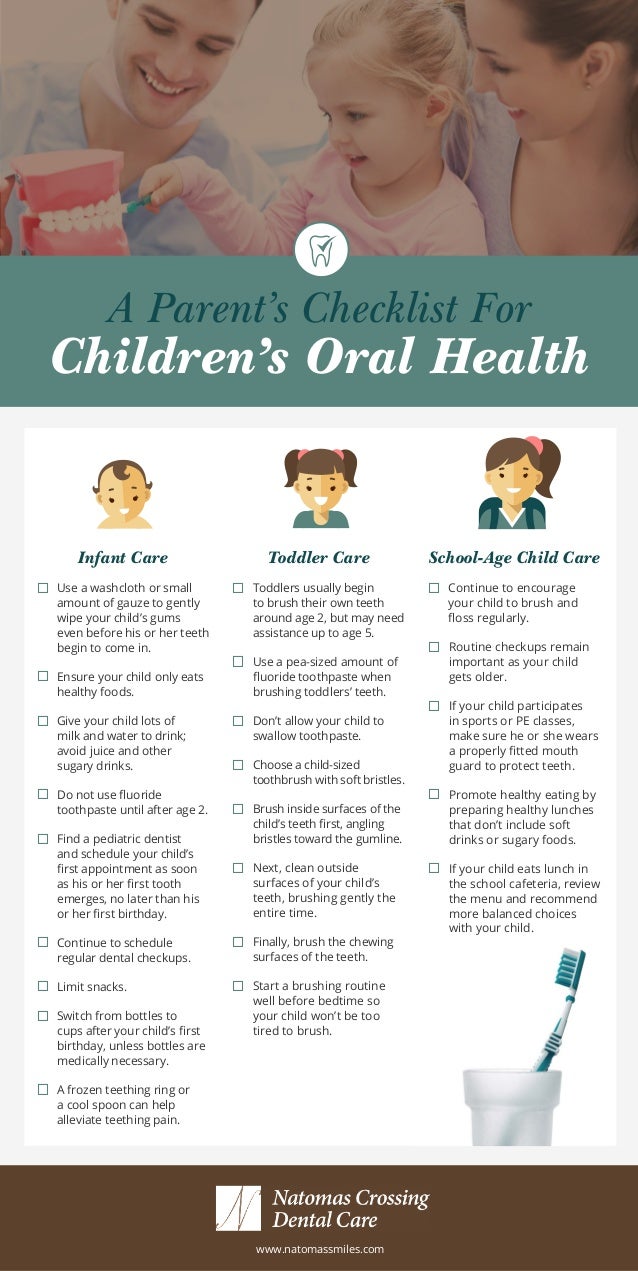How Physical Therapy Can Help a Loved One With Cerebral Palsy
If your child or loved one has cerebral palsy (CP), then you are all too aware of the daily challenges he or she faces. From holding a fork to putting together simple phrases, everyday activities that seem simple to us require much more concentration or effort from someone with CP. Luckily, our understanding of the disease has progressed in recent years and has allowed us to develop methods that counteract its effects. Physical therapy is now a part of many CP regimens. When done properly and guided by a medical professional, physical therapy can have a number of benefits for people with CP. It should be an integral part of the way your family addresses your child or loved one’s disease.
Develop Coordination
Early symptoms of cerebral palsy often include problems with balance; although signs are diverse, the “scissor gait” is a hallmark of classic CP. Intensive training with a therapist can often improve the severity of the gait. Therapists can also help people with CP improve their hand-eye coordination. Catching exercises, movement techniques, and practice walking, pedaling, and swimming can lessen the intensity of muscle spasms or tremors. They can also greatly improve a person’s ability to interact with the world around them. Eating with a fork or spoon, drinking from a cup or through a straw, and writing can all be affected.
Build Strength (and Muscle Tone)
Many people with cerebral palsy have underdeveloped or uneven muscle tone. This is thought to be caused by a lack of nutrients delivered to certain parts of the brain during fetal development or shortly after post-pregnancy. While there is no non-surgical way to radically change musculature, physical therapy can improve the strength of the muscles and somewhat effect muscle shape. By doing simple, supervised exercises on land and in the water, a person with CP can strengthen his or her own body.
If begun early enough, physical therapy can also have an effect on bone growth. In a normal person’s body, our bones maintain shape partially because of the stress caused by opposing muscle groups. Underdeveloped muscles will not hold the bone’s shape correctly during growth, leading to bowed bones. Adding light strength training to a child’s physical therapy can develop those muscles and build stronger, straighter bones.
Gain More Independence
For a long time, the prospects for individuals with even mild forms of cerebral palsy were pretty bleak and often included enrollment in a permanent medical facility or around-the-clock personal assistive care. Now, the disease is a little better understood, and intensive therapy starting at a young age can significantly improve an individual’s ability to provide self-care. Some people with CP are even able to live alone, feed themselves, drive cars, and maintain steady jobs.
As part of a larger course of treatment, physical therapy can significantly enhance the livelihood of people with cerebral palsy. By giving them the tools necessary to take care of themselves, they can go on to live more independent, fulfilling lives. Don’t let their disease define who they are as a person.
